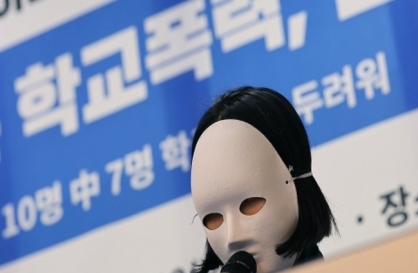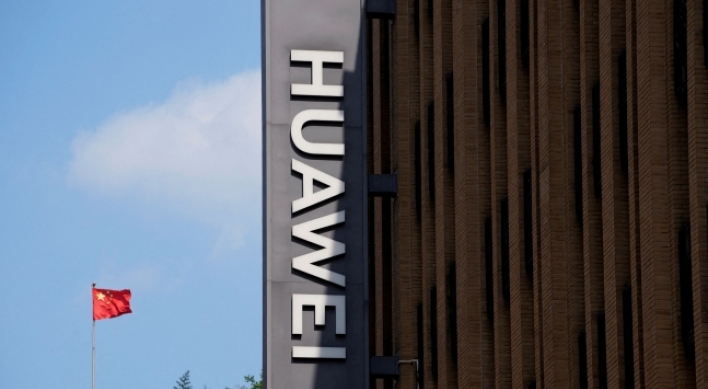Mobile apps make Lunar New Year traveling convenient
IT firms roll out apps to help ease travelers’ woes
By 손지영Published : Feb. 3, 2016 - 17:53
Traveling during the Lunar New Year, or Seollal in Korean, is often a big hassle because it usually involves being stuck in traffic for long hours. Hence a range of technology has been launched to help ease the pain, including mobile applications and sensors, to help travelers have a smooth trip as well as to put their minds at ease about leaving their homes unattended.
For instance, LG Uplus’ Internet of Things services platform -- dubbed IoT@home -- allows users to manage and control their home appliances through smartphones running on any mobile network.
For instance, LG Uplus’ Internet of Things services platform -- dubbed IoT@home -- allows users to manage and control their home appliances through smartphones running on any mobile network.
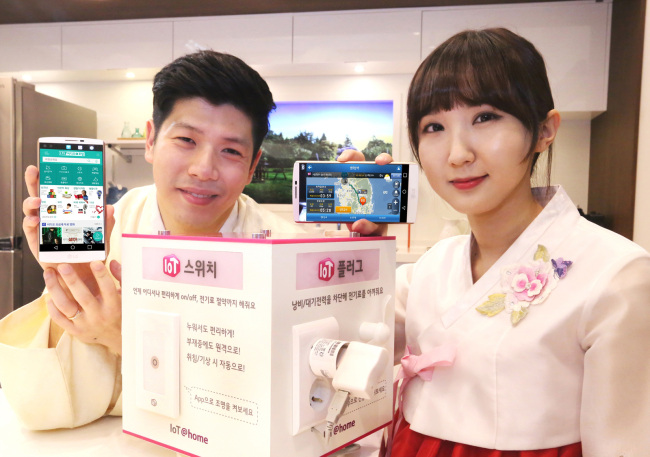
Subscribers of IoT@home, which costs 1,000 ($0.82) won per connected device per month, can remotely check the status of appliances, such as televisions and refrigerators, while they are away from home. They can even lock gas valves and temporarily disconnect electricity at their houses. Sensors send alerts to users when windows are left opened.
“IoT@home is at the core of LG Uplus’ initiative to grow IoT services this year, and the 200,000 subscribers of the IoT platform have shown their satisfaction, more so during the holidays,” said an LG public relations representative, adding that the company expects to see a significant increase in the number of IoT@home subscribers.
The IoT platform utilizes the Z-wave wireless network solution, one of the most widely used wireless technologies along with Wi-Fi and Zigbee, to link devices.
“For those who want to monitor their homes real-time, the LG Uplus’ home surveillance camera system ‘Home CCTV Momca,’ can be a good option,” an LG Uplus official said.
Meanwhile, smartphone navigation apps help make things easier on the road. SK Planet’s T-Map, and Kakao’s Kim Gisa are two of the most popular navigation apps here. T-Map boasts 18 million subscribers and 8 million monthly active users while Kim Gisa has 10 million subscribers and around 1.5 million monthly active users, according to market research firm Nielsen Korea.
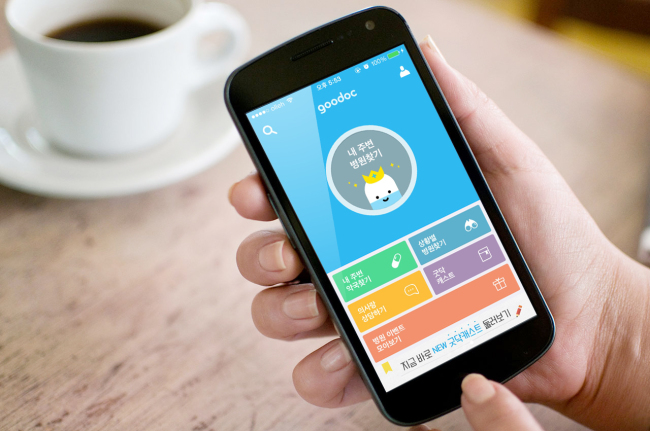
Among other features, T-Map helps users avoid heavy traffic by analyzing traffic information about the roads and expressways.
Users of SK Planet’s navigation app are said to be mainly those in their 40s or 50s. They are also mostly subscribers of the nation’s largest mobile carrier, SK Telecom. Kim Gisa is popular among younger travelers in their 20s or 30s. The app updates traffic data every minute, enabling users to change travel routes swiftly based on traffic conditions.
One market analyst noted, “The real-time updates and the simple user interface are appealing to more young people.”
These apps also have features such as where to find cheap gas stations and good dining spots. There are also apps that provide specialized information such as One Touch Gas Station.
Many families in Korea hold memorial services for their ancestors during Seollal, but the ritual’s customs are often forgotten, especially by the young generation.
To help avoid awkward situations, there are a number of apps such as the “Standard Rule of Jesa.” Jesa is Korean for memorial service. These apps provide details on customs including how dishes should be displayed or how many times to bow.
Traditional games can also now be played on mobile apps. There is “Together Yut Nori,” which was developed by start-up Dev Square, and “Dr. Janggi,” developed by game developer SUD.
Other handy mobile tools include Goodoc, which informs users of hospitals, clinics and drug stores that are open during the five-day holiday, and Cardoc, which helps users to find auto repair shops.
By Kim Young-won (wone0102@heraldcorp.com)


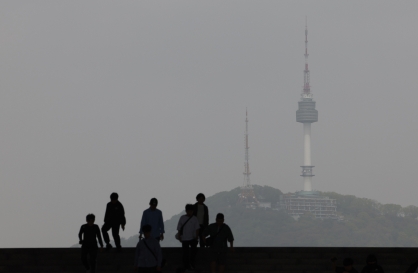
![[AtoZ Korean Mind] Does your job define who you are? Should it?](http://res.heraldm.com/phpwas/restmb_idxmake.php?idx=644&simg=/content/image/2024/05/06/20240506050099_0.jpg&u=)

